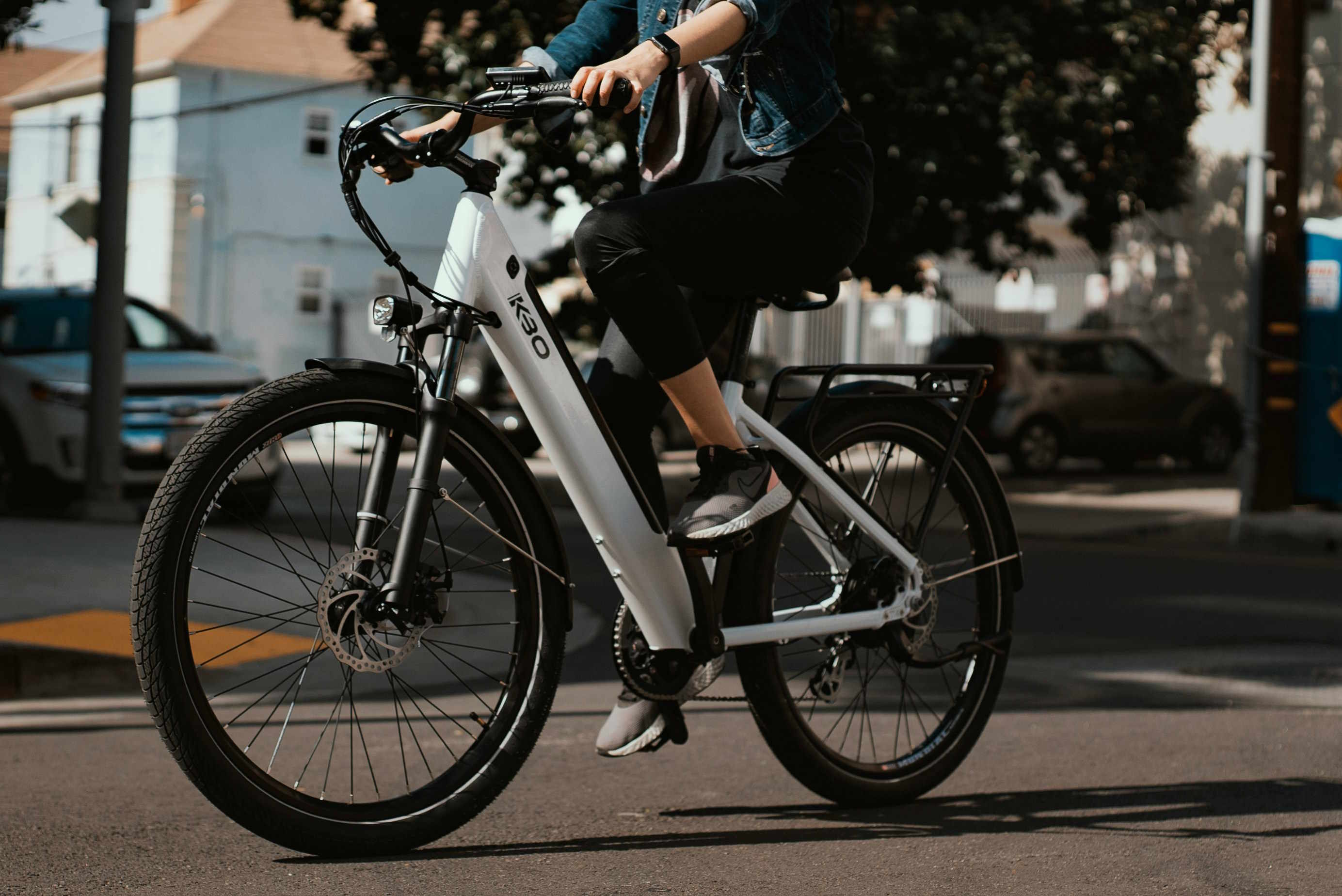Your Guide to E-Bikes in 2025: What to Know Before You Ride
The landscape of personal transportation continues to evolve, with electric bicycles emerging as a compelling solution for modern mobility. E-bikes combine the familiar mechanics of traditional bicycles with battery-powered assistance, offering riders an efficient and eco-friendly way to navigate both urban environments and recreational paths. As we move through 2025, understanding the fundamentals of e-bikes has become essential for anyone considering this increasingly popular mode of transportation.
Exploring the Benefits and Limitations of Electric Bicycles
E-bikes offer several advantages over conventional bicycles, including reduced physical strain during uphill climbs and extended riding ranges. The pedal-assist feature helps riders maintain consistent speeds while still getting exercise, making them ideal for commuters who want to arrive at work without breaking a sweat. However, they do come with limitations such as heavier overall weight, the need for regular battery charging, and potentially higher maintenance requirements compared to traditional bikes.
How E-Bikes Transform Daily Commutes
The impact of e-bikes on daily commuting has been transformative. With average speeds between 15-28 mph, depending on class and local regulations, e-bikes can significantly reduce commute times compared to traditional cycling. They’re particularly effective for distances between 5-15 miles, offering a practical alternative to cars for many urban commuters while helping riders avoid traffic congestion and parking hassles.
What Current Riders Are Discovering About E-Bikes
Recent experiences from e-bike users highlight important considerations for potential buyers. Riders report increased confidence in tackling longer distances and challenging terrain, while also noting the importance of understanding battery range and charging requirements. Many users find that e-bikes have helped them maintain more consistent cycling habits, particularly those who previously found traditional cycling challenging due to fitness levels or physical limitations.
Understanding E-Bike Classes and Regulations
E-bikes typically fall into three classes, each with distinct capabilities and restrictions:
-
Class 1: Pedal-assist only, up to 20 mph
-
Class 2: Throttle-assisted, up to 20 mph
-
Class 3: Pedal-assist, up to 28 mph
Current Market Options and Pricing Guide
| E-Bike Category | Average Price Range | Key Features |
|---|---|---|
| Entry-Level | $1,000 - $1,500 | Basic pedal assist, 20-30 mile range |
| Mid-Range | $1,500 - $3,000 | Enhanced battery life, better components |
| Premium | $3,000 - $5,000+ | Advanced features, superior range |
Prices, rates, or cost estimates mentioned in this article are based on the latest available information but may change over time. Independent research is advised before making financial decisions.
Essential Considerations Before Purchase
Battery capacity and range should be primary considerations when selecting an e-bike. Most modern e-bikes offer ranges between 20-80 miles per charge, depending on factors like terrain, rider weight, and assist level. Additionally, consider the bike’s intended use, whether for commuting, recreation, or both, as this will influence the type of e-bike best suited to your needs. Storage requirements, charging accessibility, and local regulations should also factor into your decision-making process.
The transition to e-bike transportation represents a significant shift in personal mobility. While the initial investment may be higher than a traditional bicycle, the potential benefits in terms of versatility, reduced transportation costs, and environmental impact make e-bikes an increasingly attractive option for many riders. As technology continues to advance and infrastructure improves, e-bikes are positioned to play an even more prominent role in sustainable transportation solutions.





